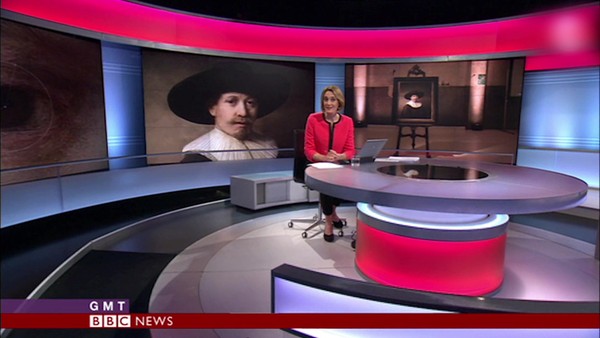Digital Craft > TECHNOLOGY
THE NEXT REMBRANDT
J. WALTER THOMPSON AMSTERDAM, Amsterdam / ING BANK / 2016
Awards:
Overview
Credits
OVERVIEW
CampaignDescription
347 years after his death, one of the greatest Masters of all time is brought back to life to create one more masterpiece. But this time, data is the painter and technology the brush: The Next Rembrandt.
The Next Rembrandt is a 3D printed painting made out of Rembrandt-data. All of his 346 paintings were analysed using hi-res 3D scans and digital files upscaled by a deep learning algorithm for maximum resolution.
Facial recognition and machine learning software was designed that could understand Rembrandt’s style and could use those learnings to generate new facial features, which were assembled based on his use of geometrical proportions.
Once the 2D image was complete, a height map was created to mimic the brushstrokes used by Rembrandt. The file was brought to life through an advanced 3D printer.
On the 5th April 2016, The Next Rembrandt was unveiled in Amsterdam and nextrembrandt.com went live.
Execution
Once the painting was framed, we started by inviting various experts from the art and tech world, the international press and the general public to the unveiling and exhibition of The Next Rembrandt in Amsterdam.
A modern art gallery was transformed into an exhibition space with big screens with the actual algorithms at work, playing behind the easel with the painting, made out of zero’s and ones.
This special gallery was the place where the story started.
Via an online launch film, people all over the world were invited to nextrembrandt.com, where they could dive deeper into the process of creating the digital painting.
Quality in visuals, smooth animation and performance were of high importance for the experience. With a design concept to display the artwork in high quality from both far as up close, a modern, cross browser solution with high performance is key (load time, graphical performance). Additionally we used seamless transitions and user initialized animations with rapid response to the user’s scrolling behavior and keyboard events.
We have used HTML5 canvas elements (hardware accelerated), in which we have segmented bitmap data to construct the full, high quality image of the artwork. Using this method we were able to increase control on loading data and make use of smooth transitions when we zoom in and move over the fullscreen, browser generated, image of the full artwork. After an extensive motion graphic prototyping stage, we have animated the graphics and interactive elements using SVG elements and CSS3 as part of a responsive framework for a cross device, high experience.
Making nextrembrandt.com a pivotal part of the total campaign. Inviting people to join the global conversation about the fading boundaries between technology and humanity.
About ING’s innovation defying imagination.
More Entries from Innovative Use of Technology in Digital Craft
24 items
More Entries from J. WALTER THOMPSON AMSTERDAM
24 items




